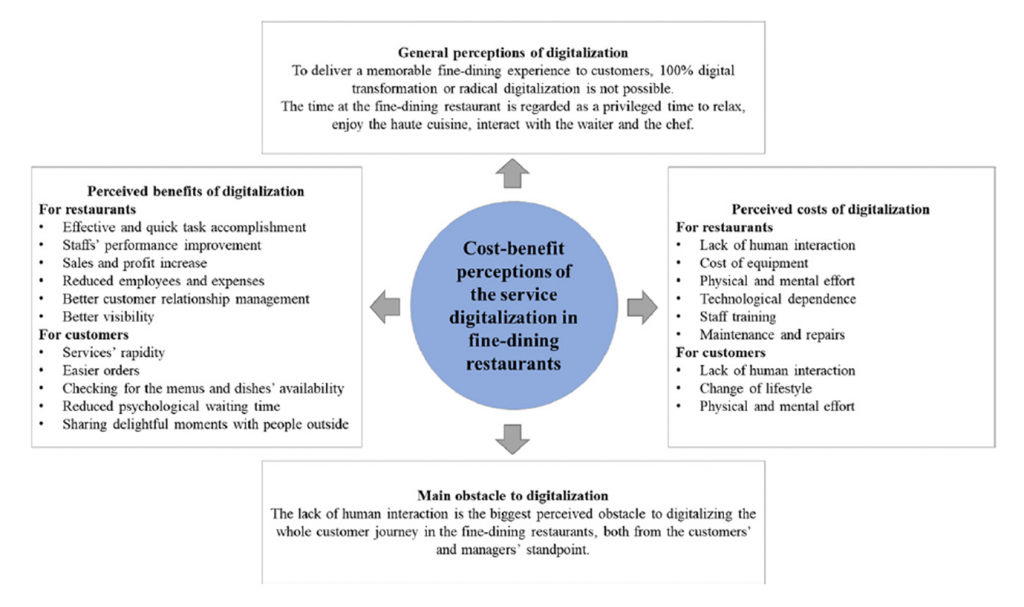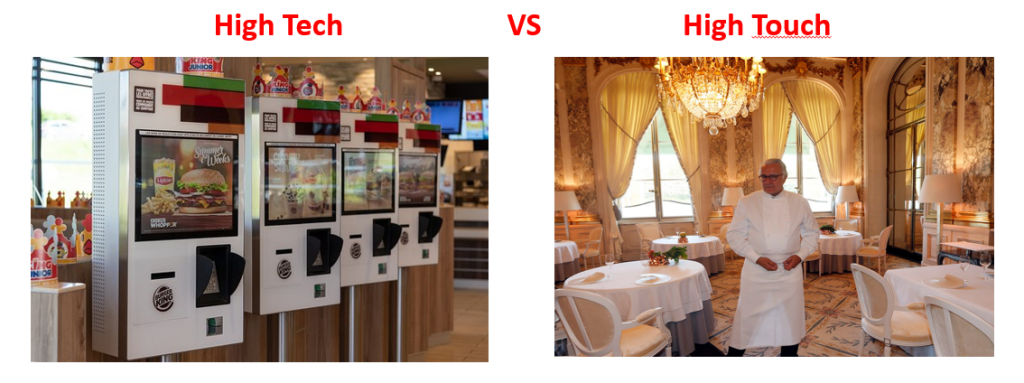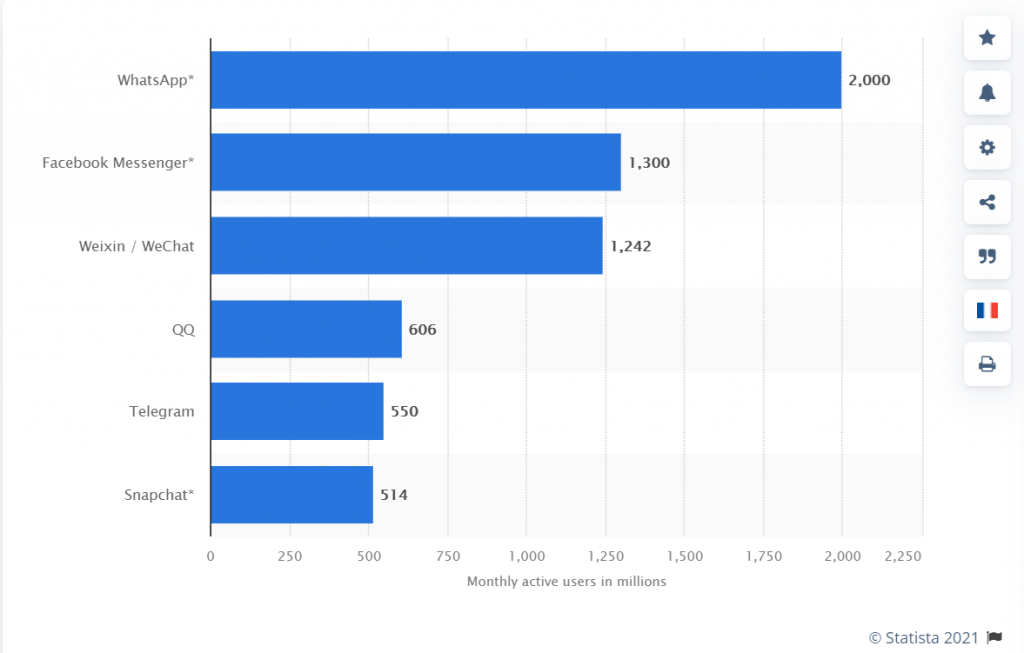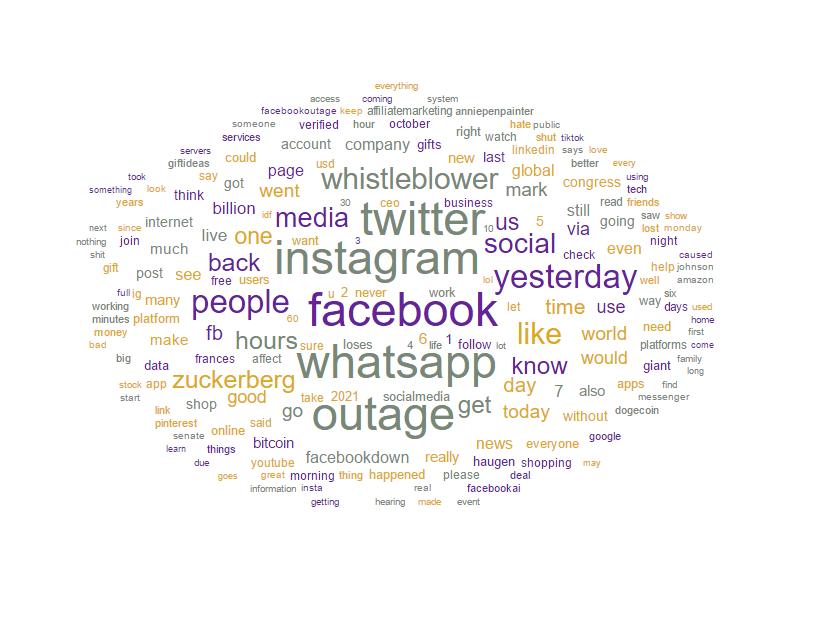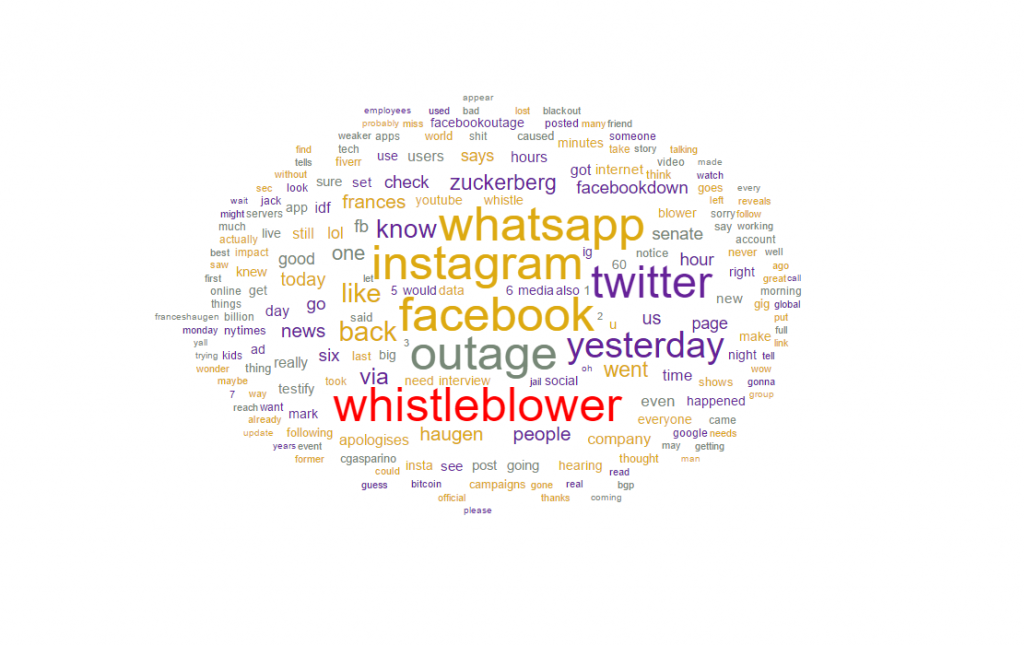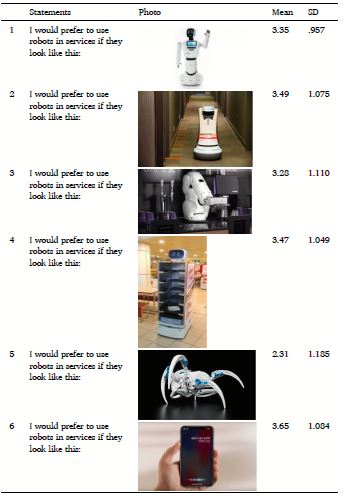In my previous posts on Digital Marketing Jargons, I was talking about Website related Jargons and Search Engine related Jargons. In this post, I’m going to focus on Advertisements. Hope this will be very helpful for the beginners of Digital Marketing.
Analytics or Web Analytics Tools : The analysis of data generated by people’s activity on websites or mobile apps, for the purpose of discovering ways to improve websites and marketing campaigns. For instance, you can use web analytics tools to come up with ideas to redesign your website. For this Website – www.upnotion.com , we use Google Analytics in order to know from where people are reading our blog and how they are coming to our site.
App (Application) : A program designed to run on smartphones, tablets and other mobile devices. For instance, for planning my vacation, I used a travel app to make my hotel reservation. All of us are using a dozen of App on our Smartphones.
Natural Listings or Organic Listings : Results from a search engine that are not paid adverts. The higher my website ranks in a search engine’s natural listings, the more website traffic I’ll get. We will talk more about it in our SEO section.
Paid Listings : Advertisements that appear on search engines results pages. You may think about paying to have your website appear in the paid listings. It can bring more customers to your website.
Banner Ad : A form of advert found on web pages and mobile applications, usually in image format. For instance, you may use banner ads to bring new customers to your website.
Clickthrough Rate (CTR) : The number of times people click on an item of interest, like an advert, in comparison to the number of times users are exposed to that item. For example, my clickthrough rate on ads about homemade muffins is 3%.
Conversion or Goal : The action you want visitors to perform. Examples include ecommerce purchases, form submissions, phone calls, and video views. For instance, your main goal is for people to book a consultation on my website, but signing up for my email newsletter would also be a conversion.
Conversion Optimization : The process of increasing the percentage of visitors who complete your goals.
Conversion Rate : The ratio of conversions to visits, often used to measure digital performance. I’m not sure why, but my conversion rate on external painting is very low for male visitors.
Cost per Click (CPC) : The amount of money required to produce a single click on a digital advertisement.
PayPerClick (PPC) : An advertising system in which advertisers pay for users to click on their advertisements. For example, if you are running an ad on Google Search Engine, and the PPC is 1 euro. That means each time, when someone is going to click on your ad, you will pay 1 euro to Google.
Impressions : The number of times an advert is displayed. My new marketing campaign for homemade muffins has received thousands of impressions, but I’m not sure if I’ve booked any sales yet.
Cost-Per-Mille (CPM) : A pricing model where the publisher charges a flat rate for 1,000 displays or impressions of an advertisement to the audience.
Cost-Per-Acquisition or Cost-Per-Action (CPA) : A pricing model where the payment only takes place when the user performs the action such as installation, click, or converting to the lead. It’s very common is Affiliation Marketing.
jacktoto
jacktoto
jacktoto
jacktoto
jacktoto
jacktoto
jacktoto
jacktoto
jacktoto
link toto togel
toto togel
jacktoto
situs toto
situs toto
situs toto
jacktoto
situs toto
jacktoto
jacktoto
jacktoto
jacktoto
jacktoto
jacktoto
jacktoto
situs togel
jacktoto
jacktoto
jacktoto
toto slot
situs toto
situs toto
jacktoto
situs toto
situs togel
situs togel
situs togel
jacktoto
jacktoto
jacktoto
situs toto
slot online
jacktoto
toto togel
situs toto
situs togel
jacktoto
jacktoto
toto slot
situs toto
link toto togel
situs slot
toto togel
jacktoto
jacktoto
situs toto
link toto
toto togel
toto togel
jacktoto
togel online
toto togel
toto togel
situs toto
jacktoto
situs toto
jacktoto
situs toto
situs toto
jacktoto
situs slot
situs toto
situs toto
slot gacor
jacktoto
jacktoto
slot online
jacktoto
situs toto
link slot
link slot
jacktoto
situs toto
situs slot
toto togel
jacktoto
link togel
jacktoto
link slot
jacktoto
toto slot
toto togel
link slot
situs slot
link togel
jacktoto
situs toto
toto togel
jacktoto
slot resmi
situs slot
jacktoto
link slot
toto slot
situs togel
jacktoto
link slot
toto slot
toto togel
toto togel
situs toto
toto slot
jacktoto
situs slot
jacktoto
jacktoto
situs gacor
link slot
jacktoto
slot resmi
situs toto
jacktoto
toto togel
toto togel
toto togel
situs toto
jacktoto
jacktoto
toto slot
toto togel
link slot gacor
situs toto
toto togel
situs toto
toto togel
situs toto
jacktoto
jacktoto
slot resmi
jacktoto
toto togel
situs toto
jacktoto
toto slot
situs toto
toto slot
situs toto
jacktoto
jacktoto
jacktoto
jacktoto
situs togel
situs togel
situs togel

